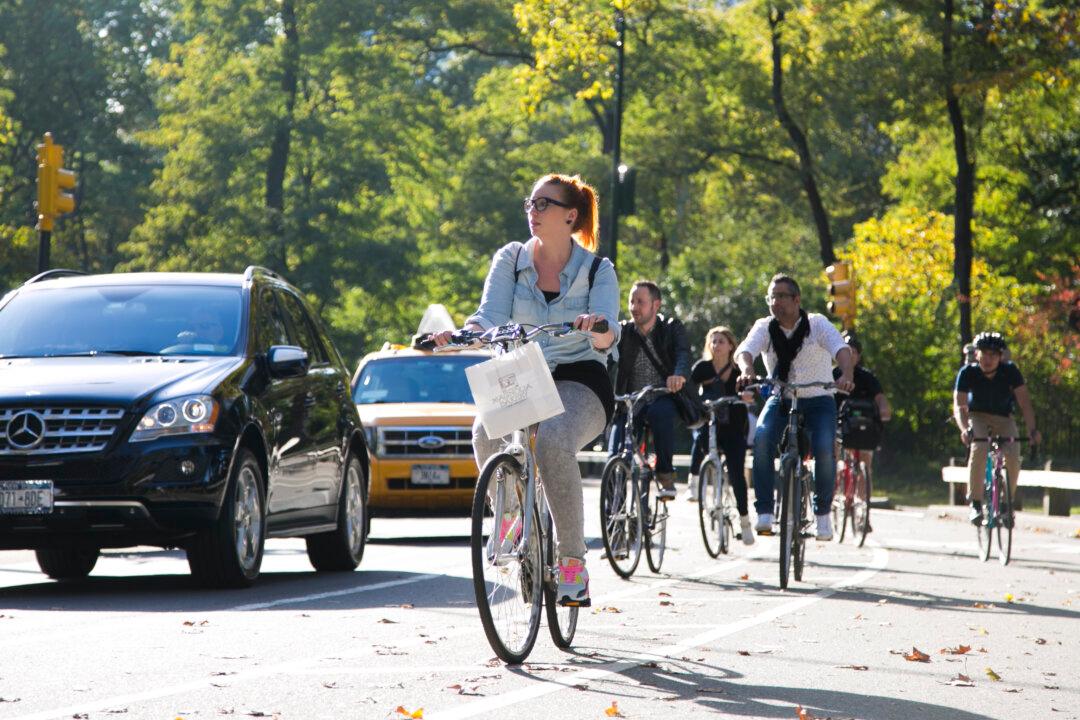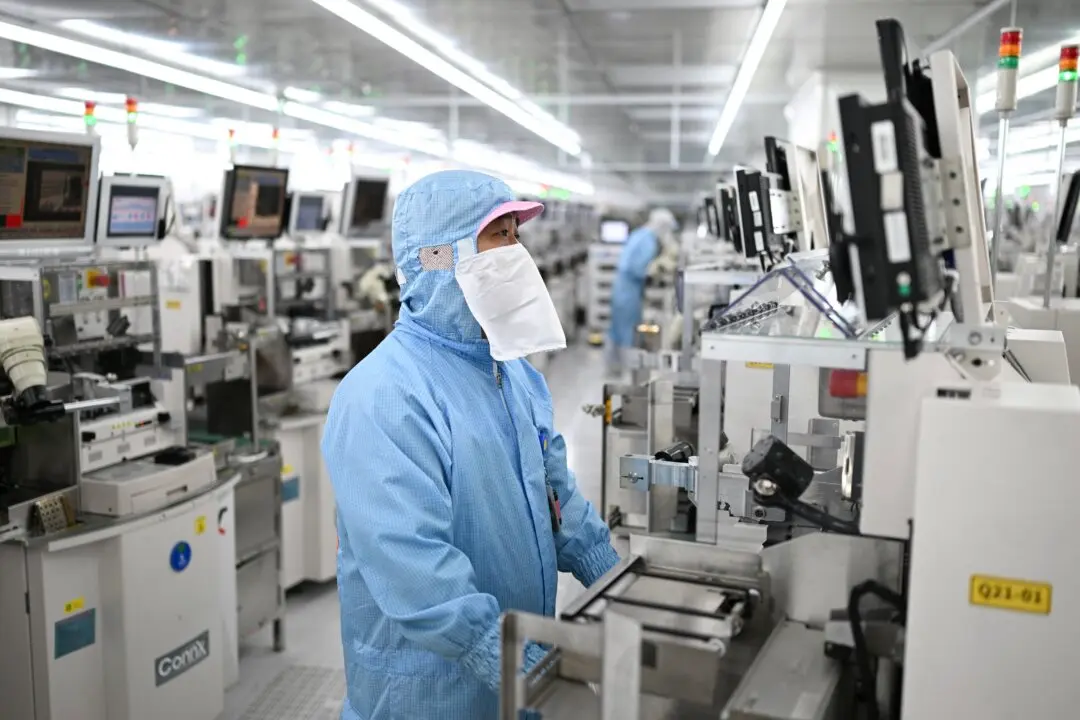NEW YORK—By some accounts, the idea of Central Park began as early as 1850, though its current scale and size were yet unimagined. Today it is the most well used urban park in the country, and a New York City attraction that draws people from every corner of the world.
On a sunny Sunday, Sveta Bulanova hopped on a rental bike the day after she landed in New York City for a business trip. It was her first view of the park.
Frankly, Bulanova said as she took a panoramic video of the park, the experience was freeing. With her camera she captured the high-rises towering overhead in the distance against a cloudless blue sky. Below, a calligrapher slowly made his way up some steps to scrawl black, inky loops onto a long sheet of paper laid out on the ground. There was music off in the distance, in at least two directions.
Then her mouth dropped open when she learned the path she had just been cycling on was used by cars on weekdays.
Hordes of tourists were passing by on bikes, accompanied by a cloud of chatter in foreign tongues, the clopping sound of horses pulling carriages, pedicab drivers chatting with their passengers, and joggers pounding the pavement in both directions.
“No. How can you let cars in here?” Bulanova asked. On her bike, she could see all the details, and feel the atmosphere of the park, she said. But in a car, the scenery of the park would be wasted.
Many New Yorkers have harbored the same reaction for decades, but in the last 10 years the movement to close Central Park to cars has made progress. Last week, a comprehensive study and trial of the impact of closing the park to cars was proposed by West Side council members. Hopes are that a successful study will lead to a closure of the park to cars for good.






